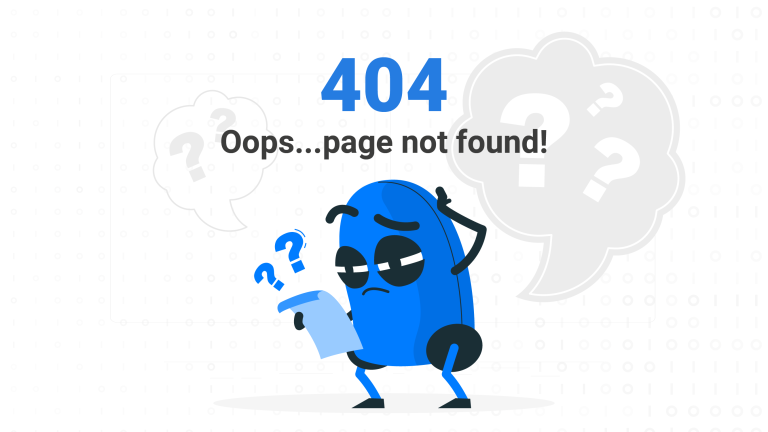Anyone exposed to the world of digital marketing is bound to have heard of Google Analytics. It is the most widely used and popular digital analytics tool in the market.
Google Analytics is Google’s free web analytics tool that allows you to analyse data and the behaviour of the visitors on your website. Thus, a wealth of valuable insights to help strategise the success of a business is on offer.
In this blog post, we will not be looking into how GA (Google Analytics) works or how to set it up accurately. We will be looking at some of the basic data that this tool can provide you to help you further optimise and better understand your data and how to approach the market.
Here’s a quick reminder why Google Analytics is essential for any business (even if you have a 3rd party tracking tool separately):
- Free of charge
- Immediate and automatic data collection
- Ability to create customs reports of your collected data
- Easy access and linking across Google’s product family (also has an app for business owners who are always on-the-go)
Demographics: Age & Gender
Not only does GA provide data on what is happening on a website, it also provides valuable information regarding the users that are taking actions on your website.
Having knowledge of how each age group is responding to a website allows you to better curate your ad and landing page content. Knowing how the performance varies across gender also allows you to better understand the impact of the different variables in ads, landing page, content pieces, etc.
Furthermore, knowing your audience’s age or gender often gives you great business value as it allows you to better allocate your budget for optimum ROI and optimise your targeting for social campaigns accordingly.
Geo: Location
Understanding where customers come from helps to formulate marketing strategies according to their physical location.
This also identifies how well your budget is being utilised across the target market.
For example, you might have set your Google Ads / Facebook campaigns to target all of Malaysia. But when you’re looking at your location performance data, you realise that the only locations that are bringing you profit are KL and Selangor.
Having these numbers at hand makes it easier to come to a decision of changing the targeting setting of your ad campaigns to focus all budgets on your best performing locations only.
Mobile: Devices
This insight not only reveals which device potential customers are on, it also provides an understanding of how well your website is performing on those devices based on the conversion rate.
Say you find that 70% of your traffic is on mobile, but it only contributes to 20% of your conversions, you could assume that there might be some issues when your customers are using the website. For example, it could be that a webpage is not optimised for mobile. Being able to spot these issues in the earlier stages will help to gain more conversions.
One could go a step further here, and actually find out what brand and model of mobile device users are on while viewing your website. This would provide more granular insights into their behavioural patterns.
Custom Report: Day of Week / Hour of Day
If your business revenue usually depends on peak hours such as food delivery or e-hailing, adjustments can be made to the ad strategy from the get-go based on the week/hour of the day. However, for most businesses, collecting this data and deciphering them may be a challenge.
Using the custom reporting feature in GA allows you to easily create a report to look at the performance data across the 7 days of the week, or the 24 hours of the day. You can even choose which traffic source you would like this report to focus on. Meaning you can compare the hourly performance between traffic from Facebook vs traffic from Google.
Having knowledge of this will also allow for optimisation of Google ads more granularly or even consider more customised ad copy for Facebook ads during certain hours of the day.
Multi-Channel Funnels: Assisted Conversions
While Google Analytics, by default, attributes goals/conversions based on a last-click model, other marketing platforms do it differently. For example, Facebook by default has the attribution set to 28-day clicks and 1-day view. This means that if someone clicked on a Facebook ad yesterday but only makes the conversion today by searching for the brand on Google and going to the website through an organic result, Google analytics will track it a conversion from Direct source, while Facebook will also track this a conversion on its Ads Manager.
Regularly monitoring assisted conversions helps to keep track of how each of the sources of traffic is impacting conversions. While some may result in few last-click conversions, they have had assisted more conversions that came from other sources.
You can also look at the Overview section just above the Assisted Conversions (as you can see in the image above), to get a better picture of how users interact across your traffic sources before converting.
Funnel Visualisation
Set up funnels to measure how any page impacts the final completion of conversions.
For example, when promoting newsletter signup from a form on your blog, you can create a goal funnel measuring how many people go from the blog section of your site to the conversion page after signing up. If you’re promoting college admissions inquiries, you could measure how many people go from the admissions section of the site to complete a form asking for more information.
By understanding at which point of the funnel most of your users are leaving the funnel will help you identify what needs further optimisation.
How many of the above insights/data have you been using to optimize your campaigns and maximise your returns?
There are also various other metrics that can be found within your Google Analytics, given that it’s set up correctly. Starting with the above will get the ball rolling.
If you are not sure whether your Google Analytics is set up correctly or if you’d like to get a free 30-minute audit done on your current tracking setup, drop us a note at hello@admiral.digital.







